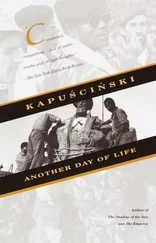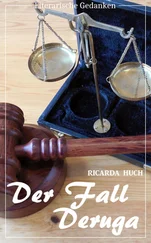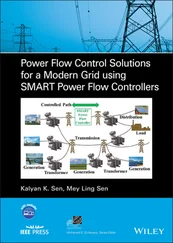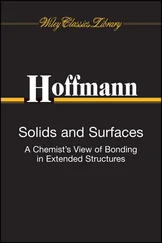21 Tvergaard, V. and Needleman, A. (1984). Analysis of the cup‐cone fracture in a round tensile bar. Acta Metall. 32: 157–169.
22 Ziabicki, A., Misztal‐Faraj, B., and Jarecki, L. (2016). Kinetic model of non‐isothermal crystal nucleation with transient and athermal effects. J. Mater. Sci. 51 : 8935–8952.
1 Introduction
1.1 The Objective of the Work
The subject of the book evolved since the 1990s from the many years' studies, in several joint research projects conducted together with the investigation group of Andrzej Korbel and Włodzimierz Bochniak, professors at the Faculty of Non‐Ferrous Metals of the AGH University of Science and Technology in Kraków, Poland (formerly Akademia Górniczo – Hutnicza, in English: Academy of Mining and Metallurgy), cf. Figure 1.1. It concerned physics and theoretical description of deformation processes in metals, particularly in hard deformable alloys. The long‐time joint efforts to understand the physical mechanisms responsible for observed phenomena coined the subject of this work. Many years of investigations of metal‐forming processes based on multilevel observations – on a macroscopic scale with the naked eye, microscopic ones using optical microscopy, high‐resolution transmission electron microscopy, and scanning electron microscopy – led to the critical conclusion. The traditional approach of classical plasticity theory based solely on crystallographic slip and twinning in separate grains is inadequate for predicting and modelling observed deformation processes. Such an observation played a pivotal role in developing an innovative metal‐forming method called KOBO, the acronym of inventors names ‘Korbel’ and ‘Bochniak’. This book attempts to provide theoretical foundations and empirical evidence of viscoplastic flow produced by shear banding. In the future, the presented results should make the basis for the formulation of computer codes necessary for numerical simulations of deformation processes in industrial applications. It seems that this book might fill at least partly the mentioned gap.
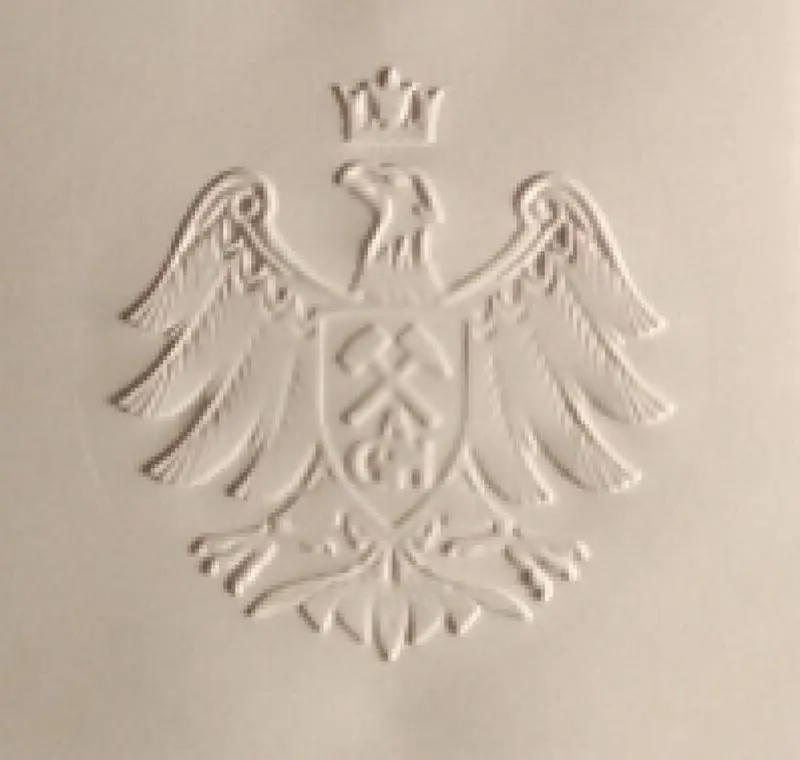
Figure 1.1 The historical AGH UST emblem.
Source: AGH University of Science and Technology ( https://www.agh.edu.pl/en/university/history‐and‐traditions/emblem‐and‐symbols/).
1.2 For Whom Is This Work Intended?
The book's readers may be graduate and postgraduate students in engineering, particularly material science and mechanical engineering. Researchers working on the physical foundations of inelastic deformation of metallic solids and numerical simulations of manufacturing processes could also benefit from this study. The content of the work is also directed at specialists in the field of rational mechanics of materials. The prerequisite knowledge of material science and continuum mechanics with related mathematical foundations, as vector and tensor algebra and tensor analysis, will appear helpful for the readers. The fundamental background may provide the recent work written by eminent scholars of great experience, Morton E. Gurtin, Eliot Fried, and Lallit Anand (Gurtin et al. 2009). Also, a modern and integrated study across the different observation scales of the foundation of solid mechanics applied to the mathematical description of material behaviour presented in the pivotal work (Asaro and Lubarda 2006) is recommendable for the readers. These works comprehensively cover the subject of rational thermomechanics, being the contemporary approach of classical treatises ‘standing on the shoulders of giants’ ( https://en.wikipedia.org/wiki/Standing_on_the_shoulders_of_giants), cf. Chapter 4for the discussion of a historical thread.
1.3 State of the Art
1.3.1 Motivation Resulting from Industrial Applications
Korbel and Szyndler (2010) presented an overview of the Polish engineering inventions' contribution to metal‐forming technologies. Three industrial sectors can play an important role: electrical power plants, transportation, and natural environment protection. First of all, one should focus on high‐quality and energy‐saving extrusion and forging processes of the elements made of structural steel, non‐ferrous metals, and light alloys used to produce parts of machines and other equipment manufactured by all industry sectors.
There is a need and necessity to implement innovative technical and technological solutions into metal‐forming practice, making production more efficient, energy‐saving, and less expensive. So, we face three challenges with new, non‐conventional technologies, such as metal‐processing technology in the cyclically variable plastic deformation – known as the KOBO method, cf. the US and European patents description Korbel and Bochniak (1998). The technological solution of metal forming, the KOBO method, satisfies both demands: low manufacturing costs and control of the metal substructure properties in a single operation. The premises, at the background of the method, result from the thorough experimental studies of plastic deformation mechanisms in the course of strain path change conditions (Korbel and Szyndler 2010). The change in the mode of plastic flow from the crystallographic slip of dislocations within separate grains into trans‐granular localised shear (shear banding) and associated decrease of metal hardening play a controlling role in the KOBO method. Figure 1.2illustrates the extrusion process controlled by strain path change due to the reversible twisting of the die in an oscillatory manner. The die oscillations' angle and frequency are the controlling factors of the extrusion process influencing the metal structure and mechanical properties.
Figure 1.3shows that the load of the order of 1MN is sufficient to cold–extrusion of hardly deformable aluminium alloy 7075 into the billet form with 700 times cross‐section reduction.
Due to simultaneous measurements of the extrusion force and the die‐twisting torque, it was possible to evaluate the forming process's power consumption and the dependence upon the extrusion rate. The discussion on the power consumption presented in Korbel and Szyndler (2010) illustrates the method's high potential in diminishing the process's plastic work with simultaneous increase of its efficiency. To assess the global effect of energy saving on the KOBO process, one should observe that there is no need to heat the billet higher than that in conventional metal extrusion processes. The studies of mechanical properties of extruded metals reveal additional essential features of KOBO products. Worthwhile mentioning is the unexpected thermal stability of the mechanical properties, e.g. plastic flow limit and ultimate tensile strength are not affected by heating in the temperature range where recovery processes are used to produce softening. Furthermore, hardly deformable aluminium alloys (e.g. Al 7075) and magnesium alloys (AZ31, AZ91) subjected to KOBO extrusion become superplastic at elevated temperature, cf. (Korbel and Szyndler 2010). The careful control of the KOBO‐forming processes leads to the unique possibility of obtaining the extruded or forging products of the desired shape and properties. Experiments on extrusion of hardly deformable metallic materials reveal practically no limits in getting the desired shape of extrudates under ‘cold deformation’ conditions. Some chosen examples are displayed in Figures 1.4and 1.5.
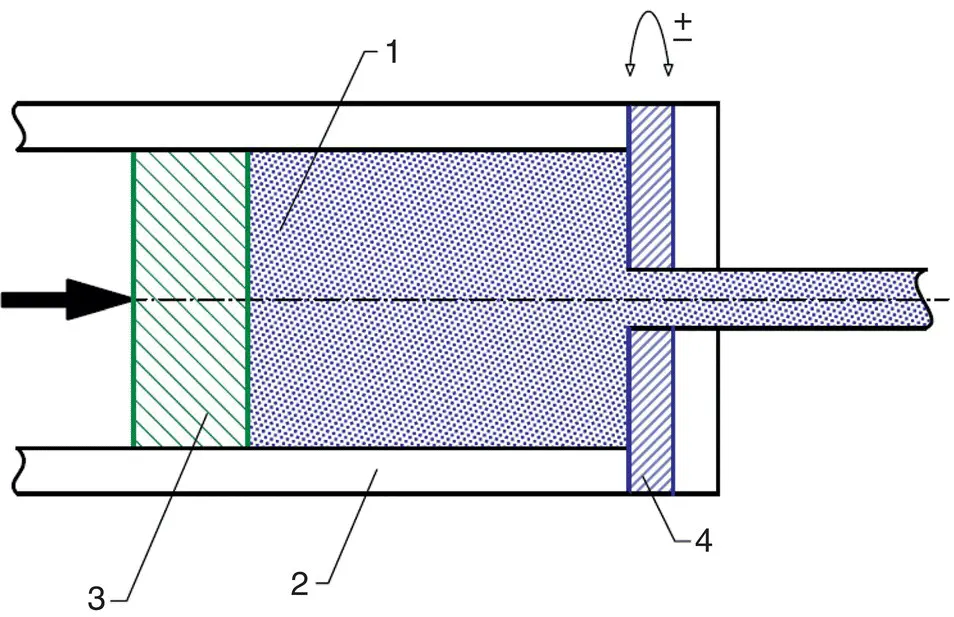
Figure 1.2 Scheme of metal extrusion throughout the oscillating die (KOBO method): 1 – billet, 2 – container, 3 – punch, 4 – oscillating die (Korbel and Szyndler 2010).
Читать дальше






